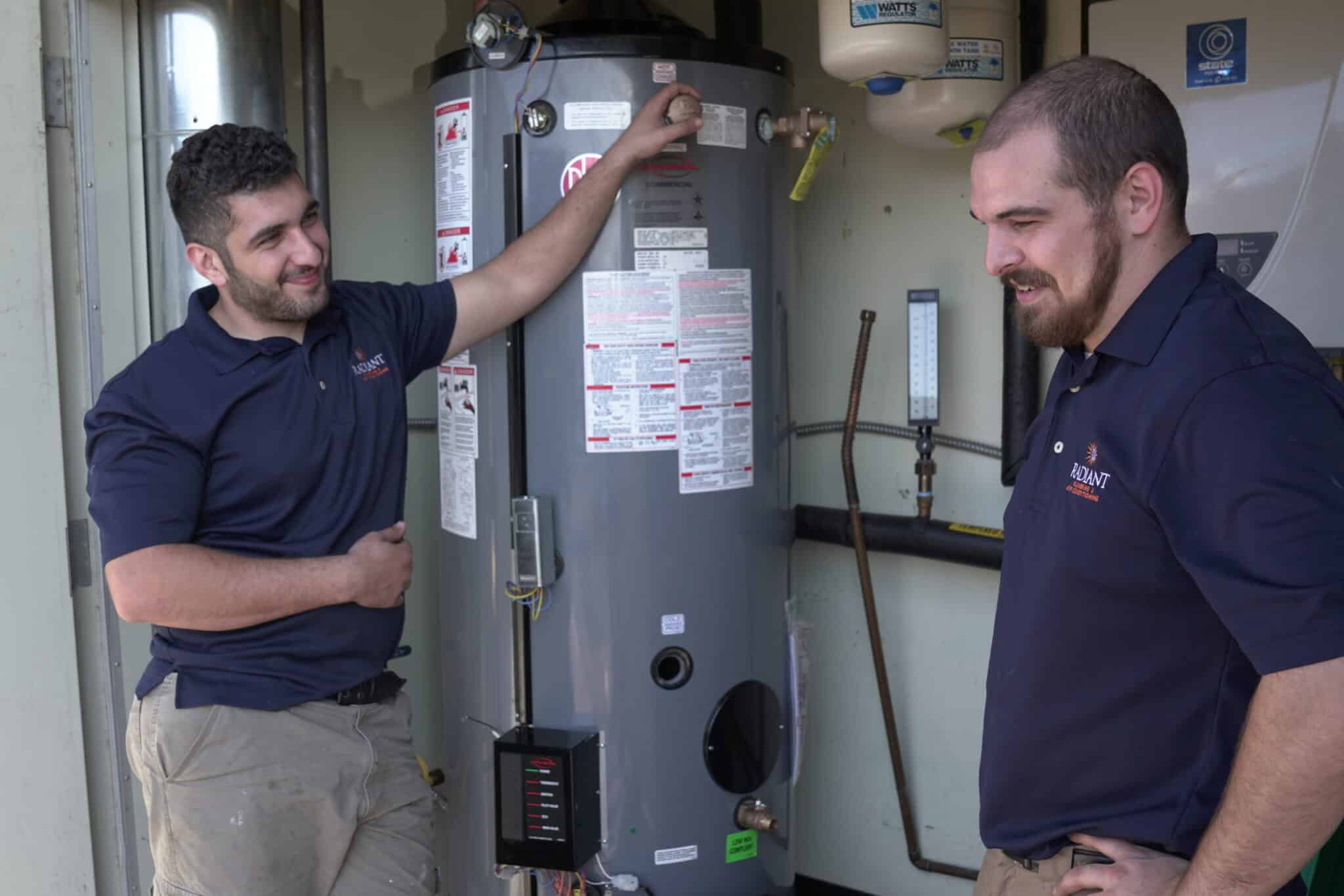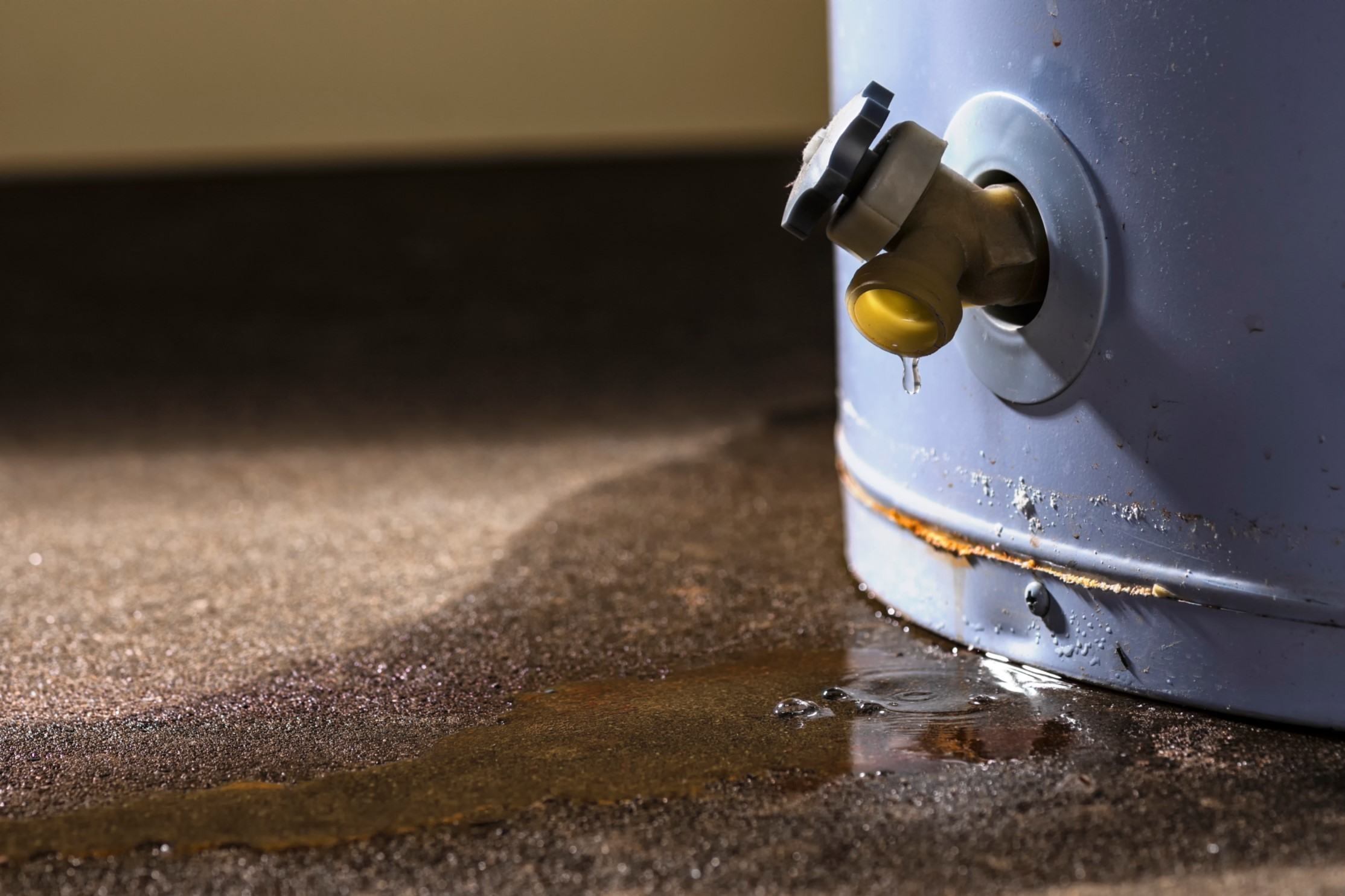Each person has their unique idea involving How to Maintain a Hot Water Heater in a Few Simple Steps.

Warm water is crucial for daily convenience, whether it's for a rejuvenating shower or cleaning recipes. To ensure your hot water system runs effectively and lasts much longer, normal upkeep is key. This short article supplies sensible tips and insights on exactly how to maintain your home's hot water system to stay clear of disturbances and expensive repair services.
Intro
Preserving your home's warm water system may appear daunting, but with a few easy steps, you can ensure it operates smoothly for years to come. This overview covers every little thing from comprehending your warm water system to do it yourself upkeep suggestions and understanding when to contact expert assistance.
Importance of Maintaining Your Warm Water System
Routine maintenance not just expands the life-span of your hot water system but also ensures it runs successfully. Neglecting upkeep can bring about lowered performance, greater power expenses, and even premature failing of the system.
Indications Your Hot Water System Requirements Maintenance
Knowing when your warm water system requires interest can avoid significant problems. Keep an eye out for indicators such as inconsistent water temperature, strange sounds from the heating unit, or rusty water.
Purging the Hot Water Heater
Flushing your water heater gets rid of debris buildup, enhancing performance and lengthening its life.
Checking and Replacing Anode Rods
Anode poles avoid corrosion inside the container. Examining and changing them when worn is critical.
Complex Concerns Needing Specialist Help
Instances consist of major leakages, electrical troubles, or if your water heater is continually underperforming.
Routine Professional Upkeep Advantages
Expert maintenance can consist of comprehensive assessments, tune-ups, and guaranteeing conformity with safety criteria.
Inspecting and Changing Temperature Settings
Readjusting the temperature setups ensures ideal efficiency and security.
Do It Yourself Tips for Maintenance
You can execute several maintenance jobs on your own to keep your warm water system in top condition.
Looking for Leaks
Consistently examine pipes and links for leakages, as these can result in water damages and higher expenses.
Recognizing Your Hot Water System
Before diving right into maintenance tasks, it's handy to understand the standard components of your warm water system. Typically, this includes the water heater itself, pipelines, anode poles, and temperature controls.
Monthly Maintenance Tasks
Routine month-to-month checks can help catch small concerns before they escalate.
Evaluating Stress Alleviation Valves
Evaluating the stress safety valve guarantees it operates correctly and avoids extreme stress buildup.
Insulating Pipes
Shielding warm water pipes decreases warm loss and can conserve power.
When to Call a Professional
While DIY upkeep is advantageous, some issues need expert experience.
Conclusion
Normal maintenance of your home's hot water system is vital for effectiveness, durability, and expense financial savings. By complying with these ideas and recognizing when to seek professional aid, you can ensure a reliable supply of hot water without unexpected disruptions.
Water Heater Maintenance: The Basics
Maintaining your water heater will ensure it operates efficiently and has a longer lifespan. Neglecting regular maintenance can lead to costly repairs and an even bigger chunk of your savings if you have to replace it sooner than necessary. But there’s good news: Most water heater maintenance tasks are relatively simple and easy for homeowners with basic DIY skills.
Flush the Water Heater
Over time, sediment and minerals can build up in the tank, reducing its efficiency and potentially causing damage. To flush the tank, turn off the power or gas supply, attach a hose to the drain valve near the bottom and open the valve to drain the water until it runs clear. Ideally, flush the tank annually.
Replace the Anode Rod
The anode rod is a sacrificial metal rod that helps prevent corrosion inside the tank. Inspect and replace it every three to five years or per the manufacturer's recommendation. To replace the anode rod, turn off the power or gas supply, drain a few gallons of water from the tank, unscrew the old rod and replace it with a new one. If the anode rod is significantly corroded or covered in calcium buildup, it's a sign the water heater may need to be replaced soon.
Tune-Up
A yearly tune-up can help identify potential issues and ensure your water heater operates at peak efficiency. This typically involves checking the thermostat, burner assembly (for gas heaters) and any other components specified by the manufacturer. During a tune-up, the technician may also clean the burner and adjust the pilot light (for gas heaters) or examine the heating elements (for electric heaters).
How to Maintain Your Water Heater
Insulate the tank. Insulating the tank can improve energy efficiency and reduce heat loss, saving you money on energy bills. You can purchase precut insulation blankets designed specifically for water heaters or use standard fiberglass insulation wrapped securely around the tank. Check the temperature. The recommended water temperature for most households is around 120 degrees Fahrenheit (49 degrees Celsius). Higher temperatures can increase energy costs and potentially cause scalding. Use a kitchen thermometer to check the temperature at the faucet nearest the water heater. Monitor water pressure. Excessive water pressure can strain the water heater and cause leaks or even tank failure. Install a pressure-reducing valve if necessary. The ideal water pressure range is between 60 and 70 PSI (pounds per square inch). Test the temperature and pressure (T&P) relief valve. The T&P relief valve is a safety feature that releases pressure if the tank gets too hot or the pressure builds up too high. Test it annually by lifting the lever and allowing a small amount of water to release. Replace the valve if it doesn't release water or reseal properly. Check for leaks. Regularly inspect the tank, pipes and fittings for leaks or corrosion. Deal with issues promptly to prevent further damage. Even a small leak can lead to significant water damage over time. Consider a tankless water heater. If your traditional tank-style water heater is nearing the end of its lifespan ( typically 10 years), consider replacing it with a tankless water heater. These units heat water on demand, reducing standby energy losses and potentially saving you money on your energy bills. Schedule professional maintenance. While homeowners can perform many water heater maintenance tasks, it's still a good idea to schedule professional maintenance every few years. A plumber or HVAC technician can thoroughly inspect the unit, identify potential issues and ensure it operates safely and efficiently. https://www.homeserve.com/en-us/blog/home-improvement/hot-water-heater-maintanence/

We are very occupied with How to Maintain Your Water Heater & Prolong its Life and I really hope you liked the entire entry. Are you aware of another individual who is looking into Tips on Maintaining a Water Heater? Please feel free to share it. We cherish reading our article about Tips For Maintaining Your Hot Water Heater.
Browse Our Site